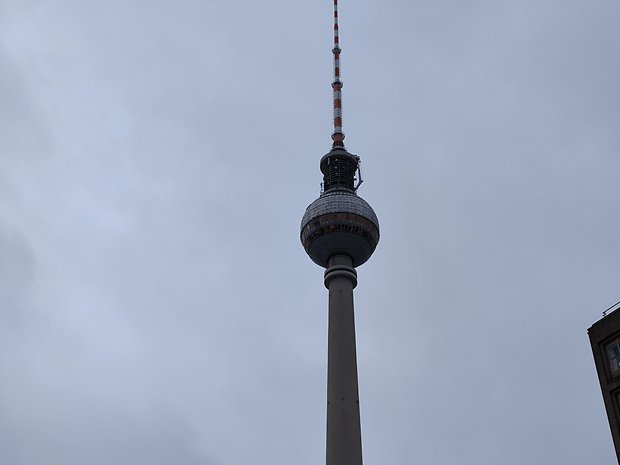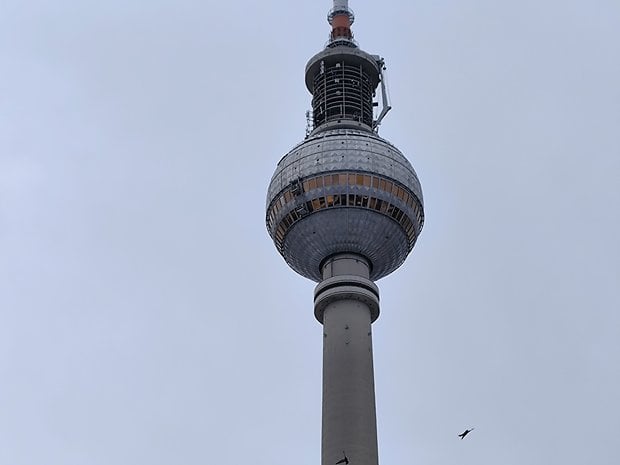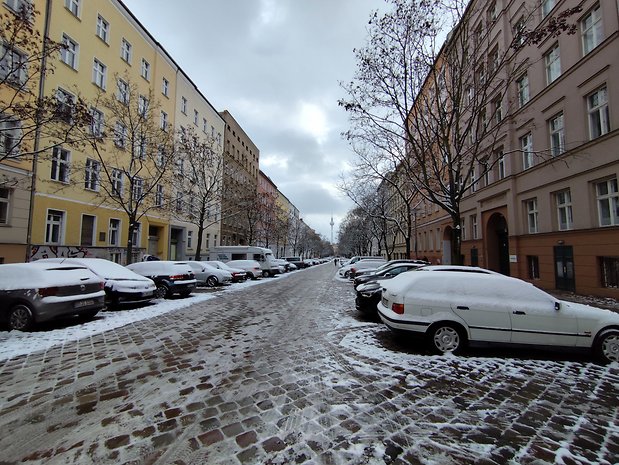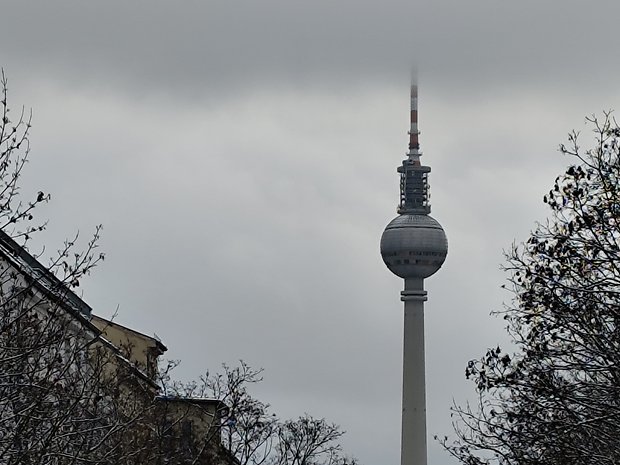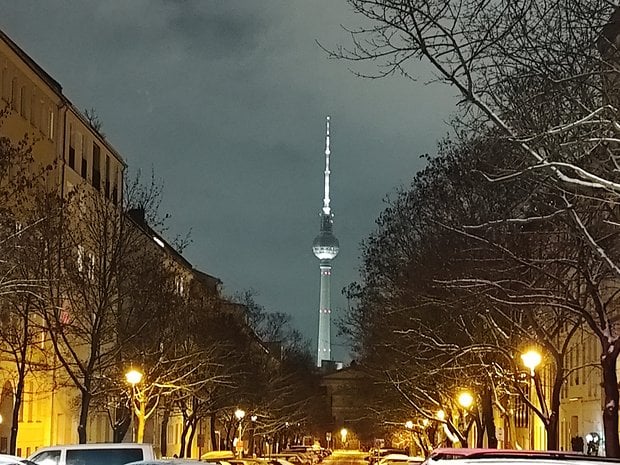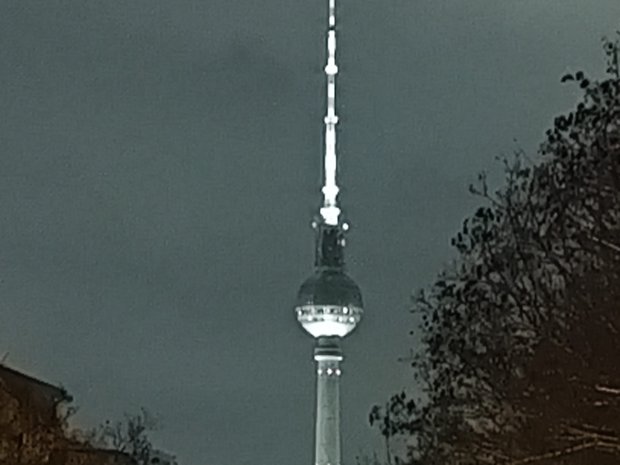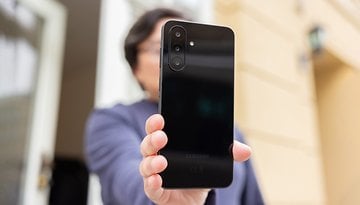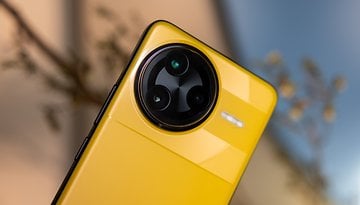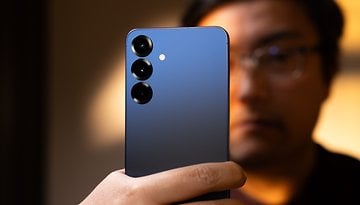Redmi Note 13 Pro 5G Review: Balanced Package that Fails to Excite
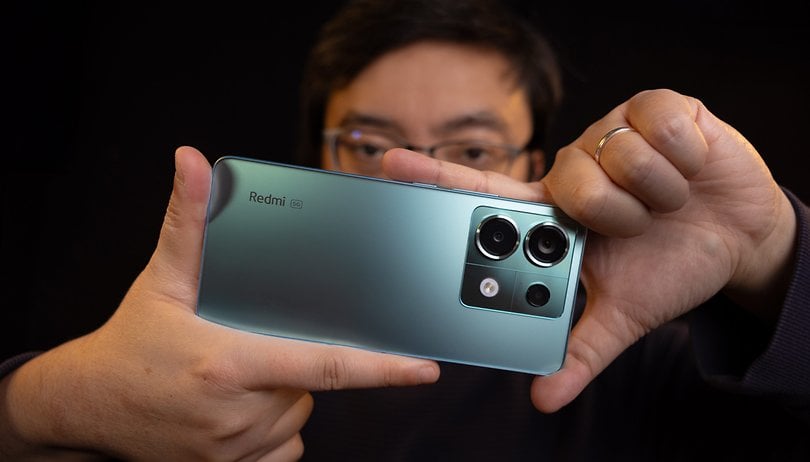

Xiaomi is no stranger to the numbers game, and in 2024 adopted a 200-megapixel camera on its best-selling Redmi Note 13 Pro family. Check how it performs in daily tasks, battery life, and of course, photography in nextpit’s review of the Xiaomi Redmi Note 13 Pro 5G.
Good
- Fast and bright FHD+ OLED screen
- Fast charging
- Headphone jack
- Nice pictures from the main camera
Bad
- Just average performance and battery life
- Secondary cameras are disappointing
- No microSD expansion
- More than a dozen third-party apps pre-installed

In a nutshell
The Redmi Note 13 Pro 5G was launched with four other Note 13 models on January 15 for Western markets, after Chinese and Indian launches. There is also a 4G model and a 5G Plus variant, the latter with 120 W charging, IP68 water protection, and a different processor.
All the Redmi Note 13 Pro models offer a 200-megapixel main camera and are priced €100 euros from each other. As usual, the Xiaomi phones are not available in the US, but can be found on marketplace platforms such as Amazon.
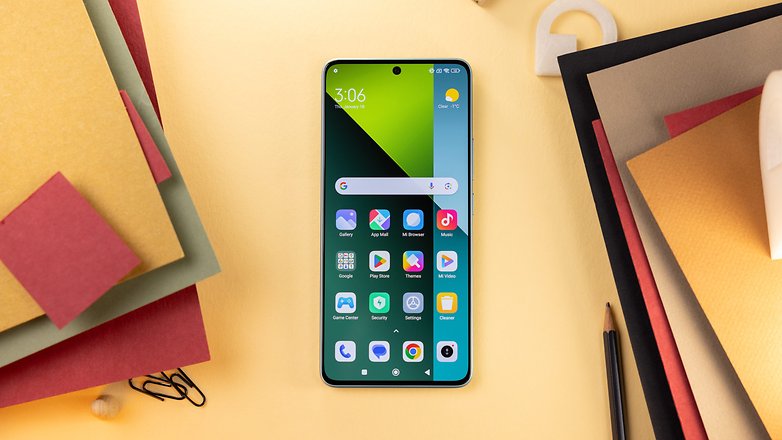
Today’s Redmi Note 13 Pro 5G is positioned in a very competitive segment of the phone market, with popular rivals like the Galaxy A54 nextpit reviewed in 2023, and the 5-star Pixel 7a we fell in love with. Both examples serve as a point of reference for this review.
Design and display
A quick look at the specs sheet may suggest that the Redmi Note 13 Pro merely recycled the 6.67-inch OLED panel from its predecessor, but that is not the case. Not only is the display sharper with a 446 DPI and 2712x1220 resolution, it reaches double the peak brightness at 1800 nits.
Pros:
- Bright 120 Hz OLED display.
- Protective case included in the box.
- Headphone jack.
- Gorilla Glass Victus over the screen.
- Fast under-display fingerprint reader.
- eSIM support.
Cons:
- Not waterproof.
- No microSD support.
And the upgrades in the Note 13 Pro 5G compared to the 2023 don’t stop there. The new model has thinner bezels, resulting in height and width reductions, which also give it a more premium feel. The Note 13 Pro 5G weighs the same 187 grams as its predecessor, which feels light in the hand. Oh, and the screen is protected by Gorilla Glass Victus.
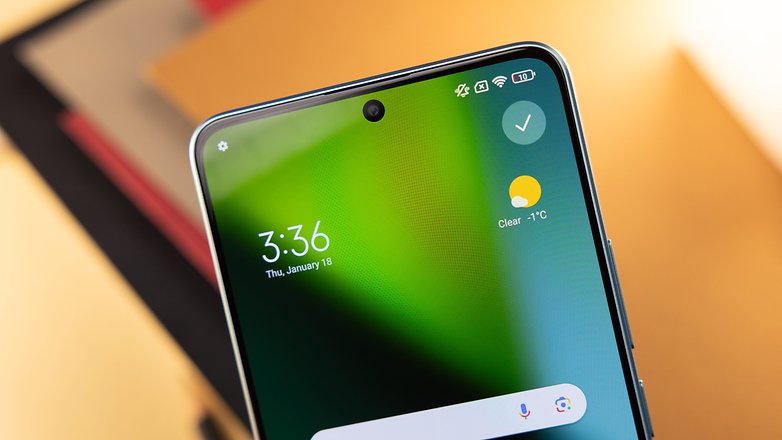
As expected from the 120 Hz refresh rate, animations on the Redmi display are as smooth as any flagship phone, and the current trend of very bright screens makes the Note 13 Pro 5G very readable outdoors with its maximum of 1900 nits.
Design-wise, Xiaomi did an outstanding job in the Redmi Note 13 Pro 5G. The flat glass back looks premium with its frosted finish, and the (unnecessarily) big camera island makes it look more advanced, even if the results were not that different from its simpler-looking predecessors.

Around the flat sides we have a power button and volume rocker on the right side, the top houses the headphone jack (yay!) and one of the speakers, with the other one on the bottom part, next to the USB-C port, and dual nano-SIM tray. One of the SIMs can be replaced by an eSIM in the phone settings, but not by a microSD card.
And while the Redmi Note 13 Pro+ is IP68-rated for water and dust protection, the 13 Pro is only splash-resistant with an IP54 rating. The differences are probably influenced by the fact that each Note 13 model has a different origin, with some models born as Poco phones:
- Redmi Note 13 Pro 5G = Poco X6
- Redmi Note 13 Pro 4G = Poco M6 Pro
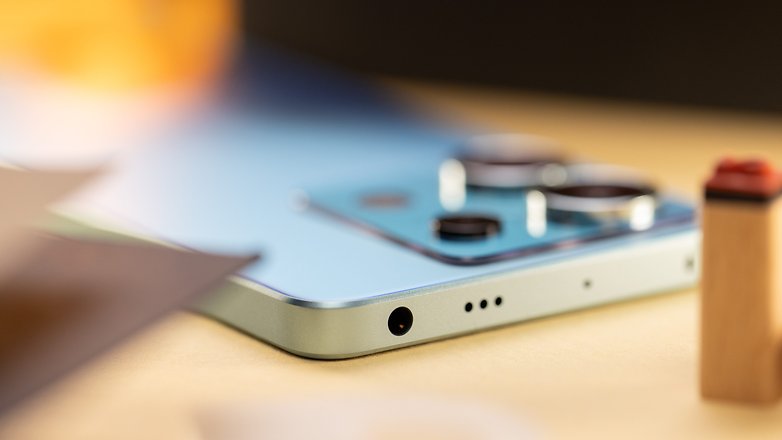
One other change from the previous generation is that the fingerprint reader is now installed under the display (instead of the power button). In our tests, the sensor worked flawlessly, with practically zero lag (looking at you Pixel family…).
Software and Performance
Powered by a brand-new Snapdragon 7s Gen 2 processor, one could be led to think the Redmi Note 13 Pro 5G is equivalent to the Poco F5 with the similarly named Snapdragon 7+ Gen 2 chip. Unfortunately, that is not the case, with the Redmi phone using a less efficient and slower component, paired with a record-breaking volume of bloatware.
Pros
- Good enough performance for games and daily tasks.
Cons
- Not as fast or efficient as the other Xiaomi phones in the segment.
- 19 pre-installed apps.
Good news first, Xiaomi has committed to a clear software update policy for the Redmi Note 13 Pro 5G: Three Android upgrades and four years of security updates. It is not as good as its rivals from Google and Samsung, but is a marked improvement from the past 1+3 policy. It is not the seven years promised for Google and Samsung flagships, but in our opinion 3+4 is good enough for this price range.
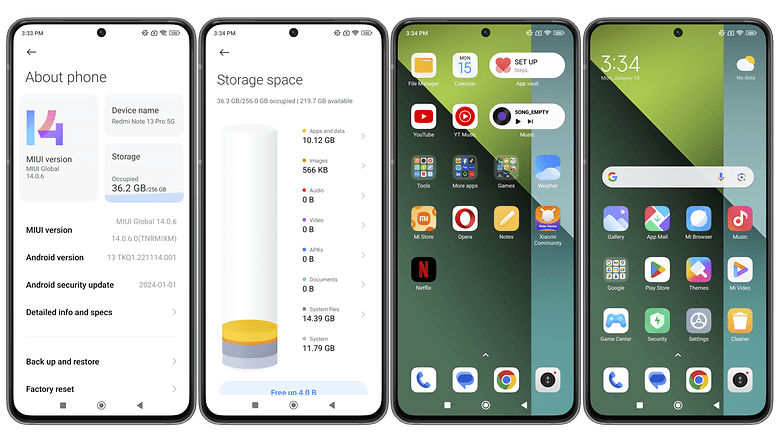
On the other hand, we should note that the Redmi Note 13 Pro 5G doesn’t come with HyperOS and/or Android 14, bundling the familiar MIUI 14 on top of Android 13, so the phone already “lost” one OS version upgrade out of the factory. Our review unit came with the latest January security update, which was a positive thing.
The screenshots above and below already hint about what I will cover next: Bloatware. We counted 19 pre-installed third-party apps on the Redmi Note 13 Pro 5G, two more than the previous record-holder, the Poco F5. The result is a clean updated install with 36.3 GB of used storage and a choice of three different browsers from the get-go.
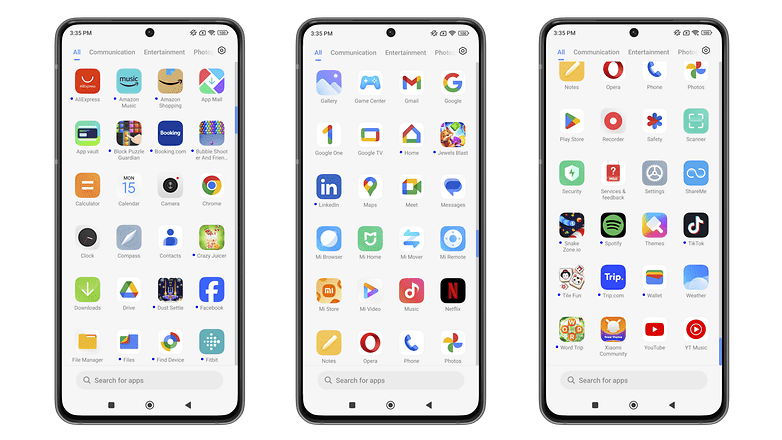
Performance: Tale of two Snapdragons
After being impressed with the Poco F5 flagship-like performance out of its Snapdragon 7+ Gen 2, we were curious about how the newer Snapdragon 7s Gen 2 would perform on the Redmi Note 13 Pro 5G. The short answer is: Not nearly as impressive.
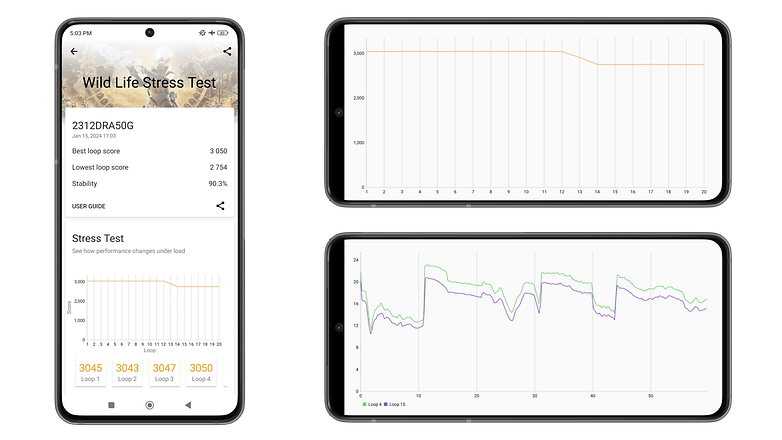
Despite the similar names, the 7sGen2 offers a more conservative combination of CPU and GPU cores, mainly 2020’s Cortex-A78 ARM CPU (instead of the more modern and faster Cortex-X2 and A710 found on the 7+Gen2). And the 7sGen2 used on the Redmi Note 13 Pro 5G is made on Samsung’s 4nm-class process, while the 7+Gen2 comes out of TSMC’s more efficient and better-performing N4 node, but more on that later.
Geeking out a bit (too much?), we noticed that the 7s Gen 2 is listed under the same SM6450 product number as the lower-tier Snapdragon 6 Gen 1 which would explain the old cores and average performance.
| Redmi Note 13 Pro 5G (Snapdragon 7s Gen 2) |
Poco F5 (Snapdragon 7+ Gen 2) |
Galaxy A54 (Exynos 1380) |
Google Pixel 7a (Tensor G2) |
Redmi Note 12 Pro+ (Dimensity 1080) |
Redmi Note 13 Pro 4G (Helio G99 Ultra) |
|
|---|---|---|---|---|---|---|
| 3D Mark Wild Life Stress Test |
Best loop: 3050 Worst loop: 2754 |
Best loop: 7632 Worst loop: 7582 |
Best loop: 2840 Worst loop: 2804 |
Best loop: 6590 Worst loop: 4980 |
Best loop: 2281 Worst loop: 2268 |
Best loop: 1245 Worst loop: 1217 |
| Geekbench 6 | Single: 889 Multi: 2523 |
Single: 1107 Multi: 4232 |
Single: 1022 Multi: 2889 |
Single: 1417 Multi: 3549 |
Single: 965 Multi: 2408 |
Single: 744 Multi: 2112 |
| PCMark Work 3.0 | 13047 | 14335 | 13477 | 10532 | 11855 | 10688 |
The horsepower difference is highlighted on the Geekbench results, with roughly similar scores from the Note 13 Pro 5G to its direct predecessor, and behind its main rivals. While that difference won’t be noticeable in most daily tasks, heavier stuff such as filter applications and video processing will put the 13 Pro 5G on a slower lane.
Xiaomi Redmi Note 13 Pro 5G camera
After debuting Samsung’s 200-megapixel sensor on the 2022 Pro+ model, it is now time for the Redmi Note 13 Pro to feature the same high-resolution main camera. Pictures taken with it were very good, even in low-light conditions. However, the same cannot be said for the remaining cameras.
Pros:
- Good daylight performance.
- Usable digital zoom shots up to 4x.
- No overprocessing in selfies.
Cons:
- Other cameras are mostly disappointing.
Most of the Note 13 Pro budget apparently went to the main camera, which is paired with low-resolution 8 MP ultra-wide and 2 MP macro. In the centered punch-hole lies a 16-megapixel sensor for selfies.
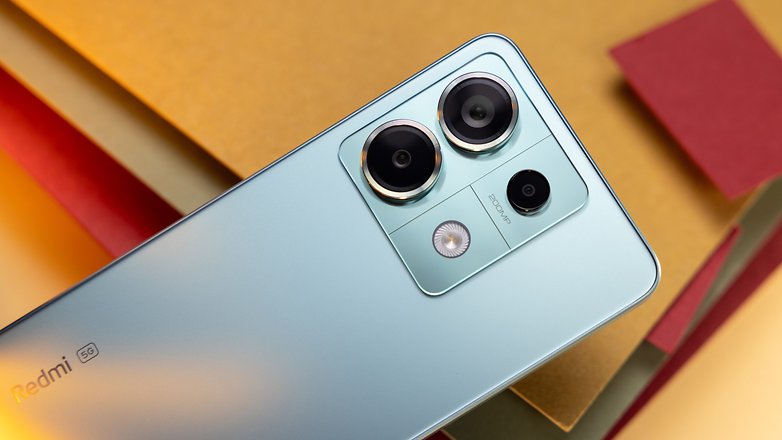
Not only there are many points for light capturing, the sensor is relatively big 1/1.4” for a mid-range phone. By default, shots are saved with a 12-megapixel resolution (4080x3060) using 16-pixel binning. If you want to use the sensor’s native resolution, there is a clear “200MP” mode on the camera app.
The Redmi Note 13 Pro 5G performed very well in either daylight or nighttime photos with the main camera, with a good level of detail. And the high-resolution sensor returned usable shots even at 4x digital zoom in our tests, the camera app can go up to 10x magnification, but the results are usually too blurry to be useful. Digital zoom on night shots, however, were not as sharp and had some noise issues.
Ultra-wide pictures were not as sharp, but in some of the daylight shots had more pleasing colors than those on the main camera, curiously. At night, the small sensor area results in blurry shots with muted colors. And the 2 MP macro is the usual weak fare, with the appropriate mode not even offered on the main camera interface.
Selfies were pretty good, especially considering that the Redmi Note 13 Pro 5G didn’t try to smooth skin and had realistic colors. Portrait selfies also performed well, with only a few issues when applying the blur effect around the jacket and headset. The night selfies were admittedly taken in a rather extreme situation, with almost no nearby lights, but given the circumstances, the camera managed to perform okay, with a slight improvement with the night mode activated (on the last shot).
Xiaomi Redmi Note 13 Pro 5G battery
The Redmi Note 13 Pro 5G is powered by a 5100 mAh battery which can be charged at 67 watts with the included charger. While charging times were fast—especially against the sub-40W competition—, battery life was not as competitive.
Pros
- Faster charging than direct rivals.
- Included charger.
Cons
- Battery life is not convincing.
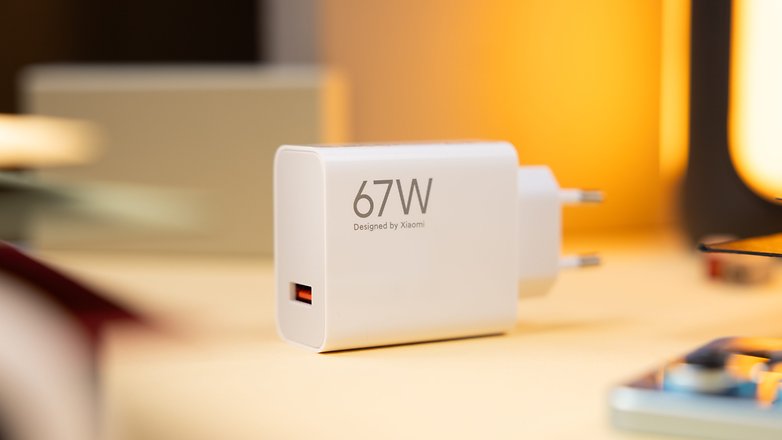
With regular use, a full day of battery life is to be expected. But in our tests, sometimes we noticed a higher drain on the component, possibly because of ongoing optimizations and a bunch of first-party apps running in the background even with airplane mode activated.
| Redmi 13 Pro 5G | Poco F5 | Galaxy A54 | Pixel 7a | Redmi 12 Pro+ | Redmi Note 13 Pro 4G | |
|---|---|---|---|---|---|---|
| 5 minutes |
|
|
|
|
|
|
| 10 minutes |
|
|
|
|
|
|
| 20 minutes |
|
|
|
|
|
|
| 30 minutes |
|
|
|
|
|
|
| 1 hour |
|
|
|
|||
| Full charge |
|
|
|
|
|
|
| PC Mark Battery test |
|
|
|
|
|
|
This behavior could be noticed in the first time we ran the PCMark battery test, which resulted in only 6h57min of runtime between 80 to 20% charge simulating real-world usage. That run resulted in a score of 14054 points, which was competitive with the Poco F5 when it returned double the runtime.

A second run took the score 1000 points down but returned a more realistic 12h20 time, both competitive with the Galaxy A54 (even if slightly lower).
When it comes to charging, expect a full charge to take around 45 minutes, similar to other Xiaomi phones with a 5000-ish mAh battery paired with the 67 W charger. Lastly, there is no wireless charging, still a rare feature in this price range.
Xiaomi Redmi Note 13 Pro 5G technical specifications
| Xiaomi Redmi Note 13 Pro 5G | |
|---|---|
| Display | 6.67-inch AMOLED 2712 x 1220 pixels 120 Hz refresh rate |
| Dimensions and weight | 161.15 x 74.24 x 7.98 mm, 187 g |
| Processor | Qualcomm Snapdragon 7s Gen 2 |
| Memory | 8 / 12 GB LPDDR4X RAM 128 / 256 GB UFS 2.2 storage |
| Software | MIUI 14 based on Android 13 Three Android upgrades Four years of security updates |
| microSD | ❌ |
| Dual-SIM | ✔️ |
| eSIM | ✔️ |
| Camera | Main: 200 MP, f/1.65, OIS Ultra-wide: 8 MP, f/2.2 Macro: 2MP, f/2.4 |
| Selfie | 16 MP | f/2.4 |
| Audio | Stereo speakers 3.5 mm headphone jack |
| Battery | 5100 mAh |
| Charging | Wired: 67 W |
| IP certification | IP54 |
| Connectivity | 5G | Wi-Fi 5 | Wi-Fi Direct | Bluetooth 5.2 | NFC |
| Other points that may interest the nextpit community:
|
|
Final verdict
The Redmi Note 13 Pro 5G is an interesting update to one of Xiaomi’s best-selling lines. In the always difficult balancing act between specification, features, and cost for the mid-range market, the Chinese didn’t slow down on its brute-force strategy, with a high-resolution camera, fast charging, and even a higher-resolution and brighter display.
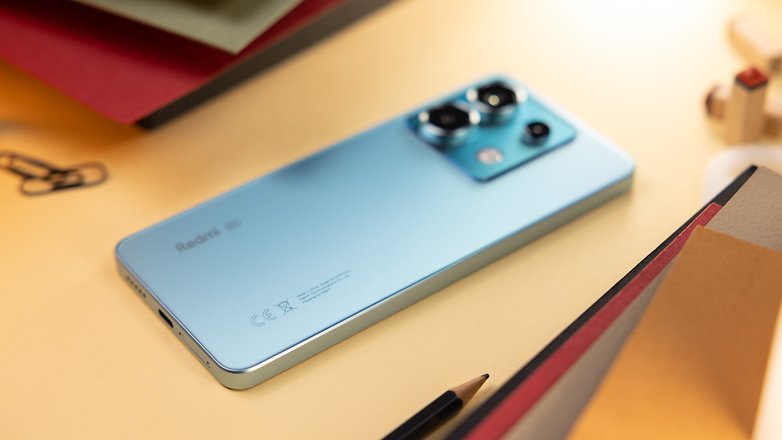
The sacrifices to achieve those were found in the secondary cameras, which performed questionably like in previous years, and the energy efficiency, which remained stagnant in both performance and battery life, despite the “4 nm” processor.
The last point sticks out particularly because another similarly priced Xiaomi phone, the Poco F5, offers noticeably faster performance and battery life.
On the positive side, the Redmi Note 13 Pro 5G offers a nice-looking design, with an excellent display, and regardless of megapixels, the main camera gave us good photos in all scenarios. And new to the Note 13 Pro line, Xiaomi has a clear software update policy that should have its buyers with a secure device for at least four years, making the bestseller easier than ever to recommend.



